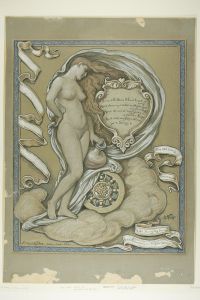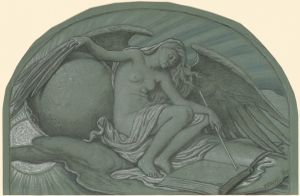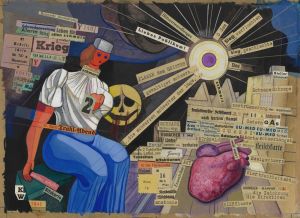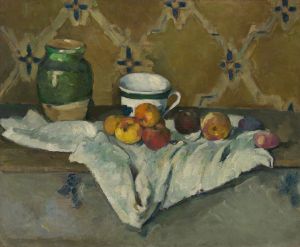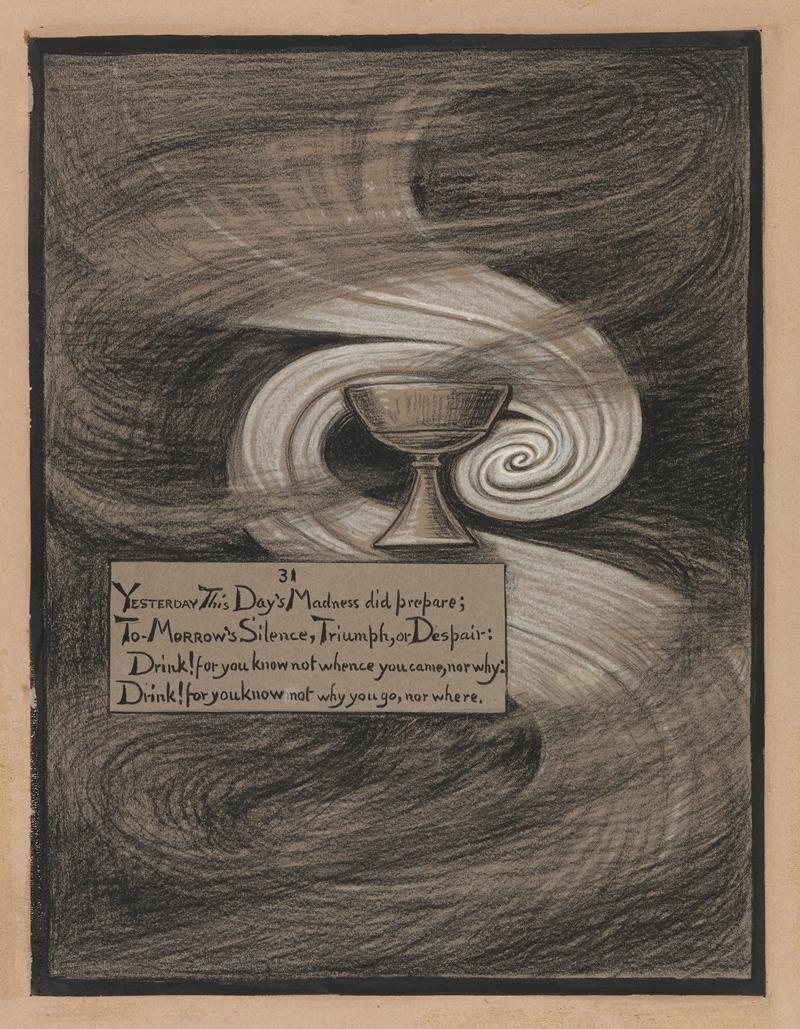
The Cup of Despair
A hand-painted replica of Elihu Vedder’s masterpiece The Cup of Despair, meticulously crafted by professional artists to capture the true essence of the original. Each piece is created with museum-quality canvas and rare mineral pigments, carefully painted by experienced artists with delicate brushstrokes and rich, layered colors to perfectly recreate the texture of the original artwork. Unlike machine-printed reproductions, this hand-painted version brings the painting to life, infused with the artist’s emotions and skill in every stroke. Whether for personal collection or home decoration, it instantly elevates the artistic atmosphere of any space.
"The Cup of Despair" is a painting created by the American artist Elihu Vedder. Vedder, born on February 26, 1836, in New York City, was a prominent figure in the Symbolist movement and is best known for his mystical and allegorical works. He spent a significant portion of his career in Italy, which greatly influenced his artistic style.
"The Cup of Despair" was completed in 1885 and is part of a series of works that Vedder produced during the late 19th century. This painting is notable for its dark and evocative imagery, which reflects the themes of existential angst and human suffering that were prevalent in Vedder's work.
The painting depicts a solitary figure, often interpreted as a representation of humanity, holding a cup from which emanates a sense of deep sorrow and despair. The figure's posture and expression convey a profound sense of hopelessness, capturing the emotional weight of the subject matter. The background is typically rendered in somber tones, enhancing the overall mood of desolation.
Vedder's use of symbolism in "The Cup of Despair" is characteristic of his broader oeuvre. The cup itself can be seen as a metaphor for the burdens and trials of life, while the figure's isolation underscores the theme of individual suffering. The painting's composition and use of light and shadow further emphasize the emotional intensity of the scene.
Elihu Vedder's work, including "The Cup of Despair," was highly regarded during his lifetime, and he received numerous accolades for his contributions to the art world. His paintings often explored themes of mortality, fate, and the human condition, resonating with the philosophical and literary currents of his time.
"The Cup of Despair" is housed in the collection of the Smithsonian American Art Museum in Washington, D.C. The museum's acquisition of this piece reflects its significance within Vedder's body of work and its importance to American art history. The painting continues to be studied and appreciated for its powerful depiction of despair and its masterful use of symbolism.
Vedder's influence extended beyond painting; he also worked as an illustrator and produced notable illustrations for the 1884 edition of "The Rubaiyat of Omar Khayyam," which remains one of his most celebrated achievements. His artistic legacy is marked by his ability to convey complex emotional and philosophical themes through his evocative and often haunting imagery.
In summary, "The Cup of Despair" by Elihu Vedder is a poignant and symbolically rich painting that captures the essence of human suffering and existential despair. It stands as a testament to Vedder's skill as an artist and his deep engagement with the themes of his time.









